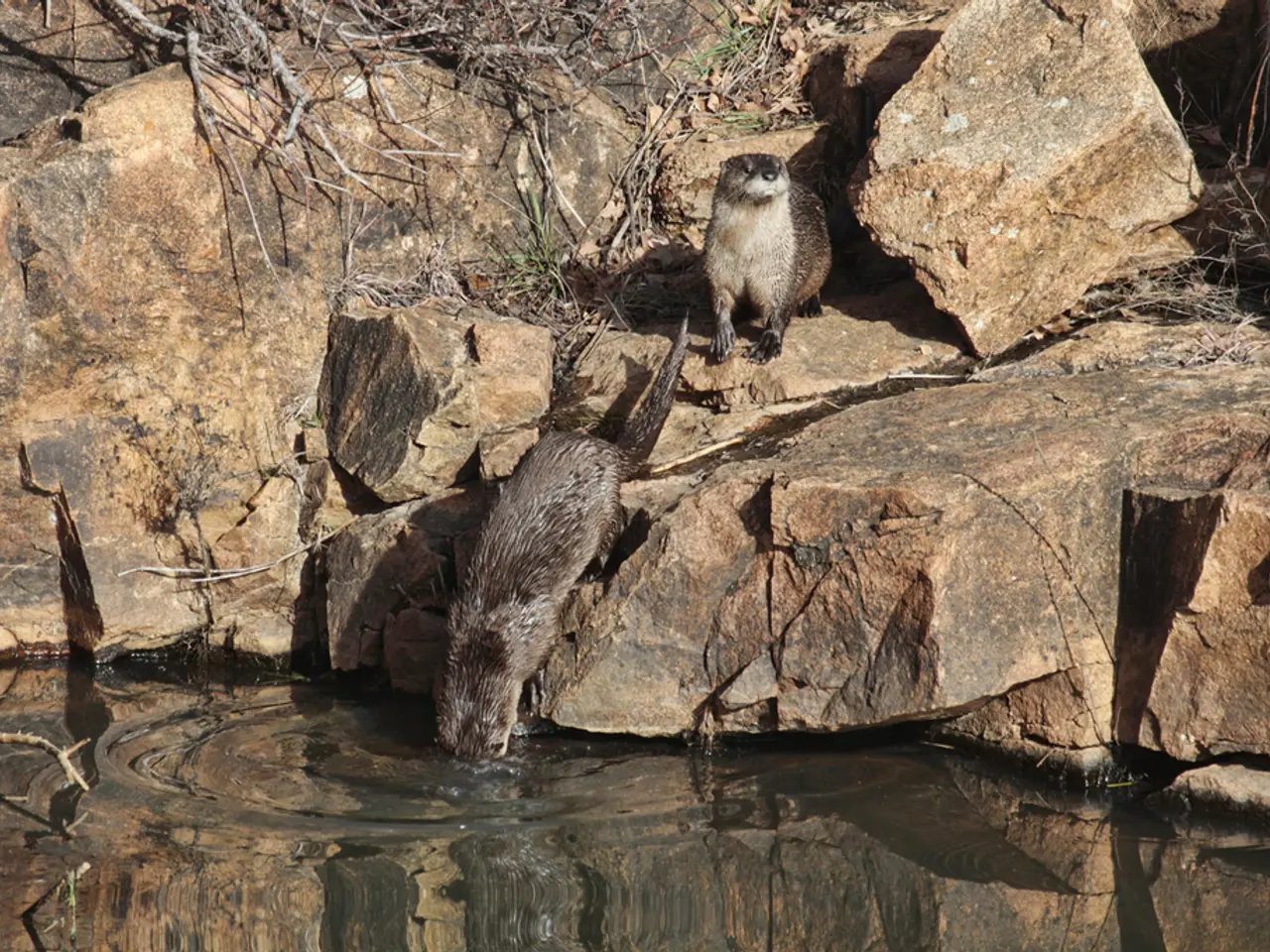Spectacular Kenyan lake garnering global acclaim for its stunning beauty and rich wildlife diversity
Lake Nakuru National Park, nestled in the Rift Valley of East Africa, is a must-visit destination for nature enthusiasts and wildlife lovers. Established in 1967, the park covers an area of 190 km² and is one of the most iconic alkaline lakes in the region.
In 1984, a special sanctuary was created within the park to protect endangered species. Electrified fences and reinforced surveillance were put in place to ensure the safety of the wildlife within. The small size of the park increases the chances of spotting various wildlife during a safari, making it an exceptional place to observe African wildlife.
Lake Nakuru is perched at over 1,700 meters above sea level and covers 45 km². The park offers a preserved setting for visitors, with landscapes including an exceptional savannah, the largest euphorbia forest in Africa, and rock formations overlooking the lake. Some lodges in the park offer panoramic views of Lake Nakuru and the surrounding hills.
The park's most famous residents are the flamingos that flock to the lake. To admire these pink-hued creatures, visitors should plan their trip between November and May, when the lake is full of algae, their main food source. It's important to note that the numbers of flamingos have decreased over the years, making their sighting less guaranteed but still a memorable experience.
The best months for observing animals in Lake Nakuru are January and February. Wildlife commonly spotted at Lake Nakuru includes lions, leopards, zebras, buffaloes, rhinos, and Rothschild's giraffes. The Makalia Falls bring a touch of tropical freshness to the heart of the park, while Baboon Cliff, a cliff within the park, offers a grand panorama but is known for the mischievous baboons that roam there.
For geology enthusiasts, the nearby giant Menengai crater is a highlight. Lake Nakuru enjoys pleasant weather throughout the year, with daytime temperatures ranging from 25 to 30°C and much cooler nights. Safaris at Lake Nakuru National Park are typically enjoyed in a jeep with a local guide, ensuring a memorable and informative experience.
While there is no specific study on the world's most beautiful lakes, it's safe to say that Lake Nakuru, with its unique landscapes, diverse wildlife, and stunning flamingo colonies, is certainly among them. Whether you're a seasoned explorer or a first-time visitor, Lake Nakuru National Park promises an unforgettable adventure. The entry fee for Nakuru Park is approximately 60 dollars per adult and 30 dollars per child, making it an accessible destination for many.
Read also:
- Peptide YY (PYY): Exploring its Role in Appetite Suppression, Intestinal Health, and Cognitive Links
- Toddler Health: Rotavirus Signs, Origins, and Potential Complications
- Digestive issues and heart discomfort: Root causes and associated health conditions
- House Infernos: Deadly Hazards Surpassing the Flames








